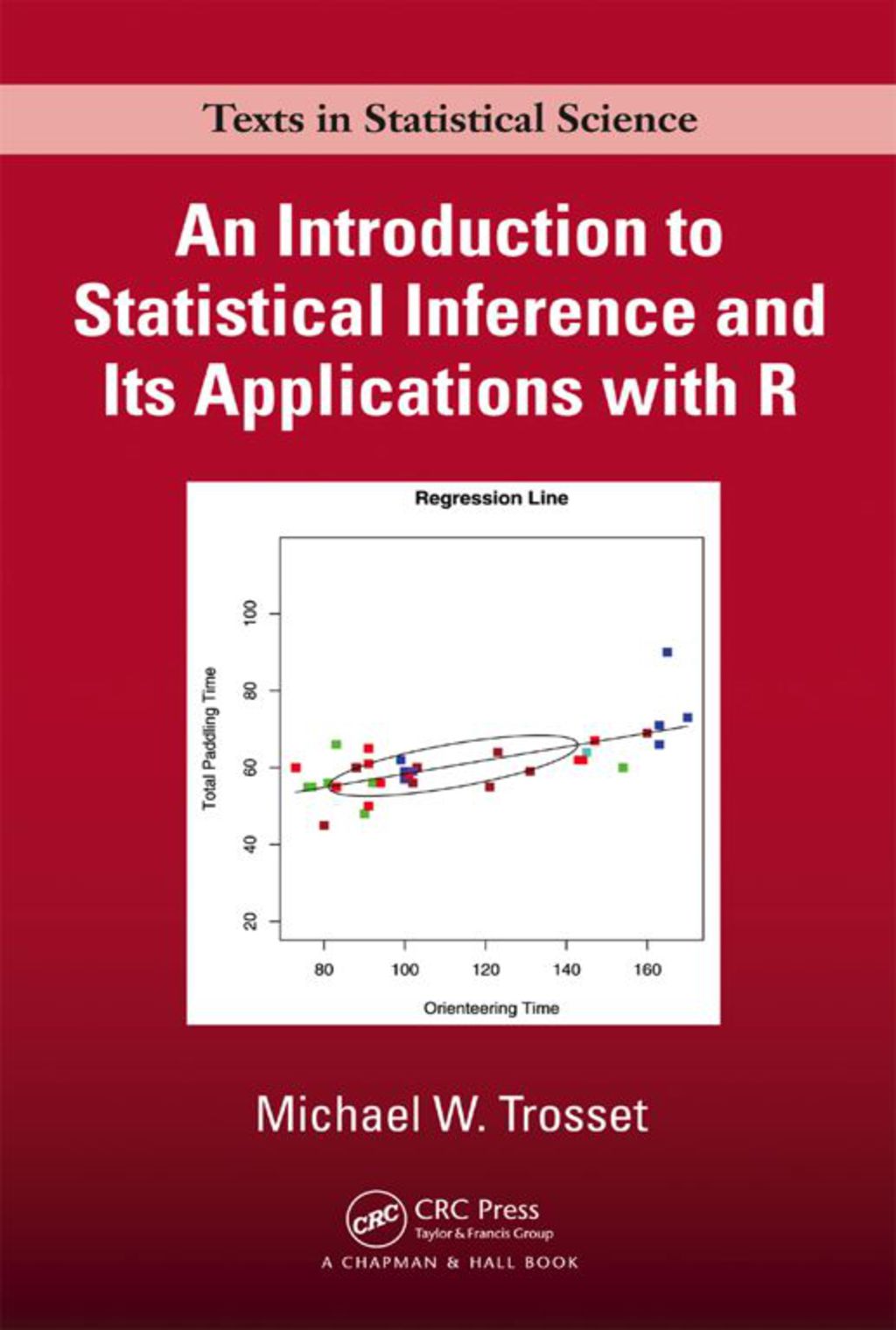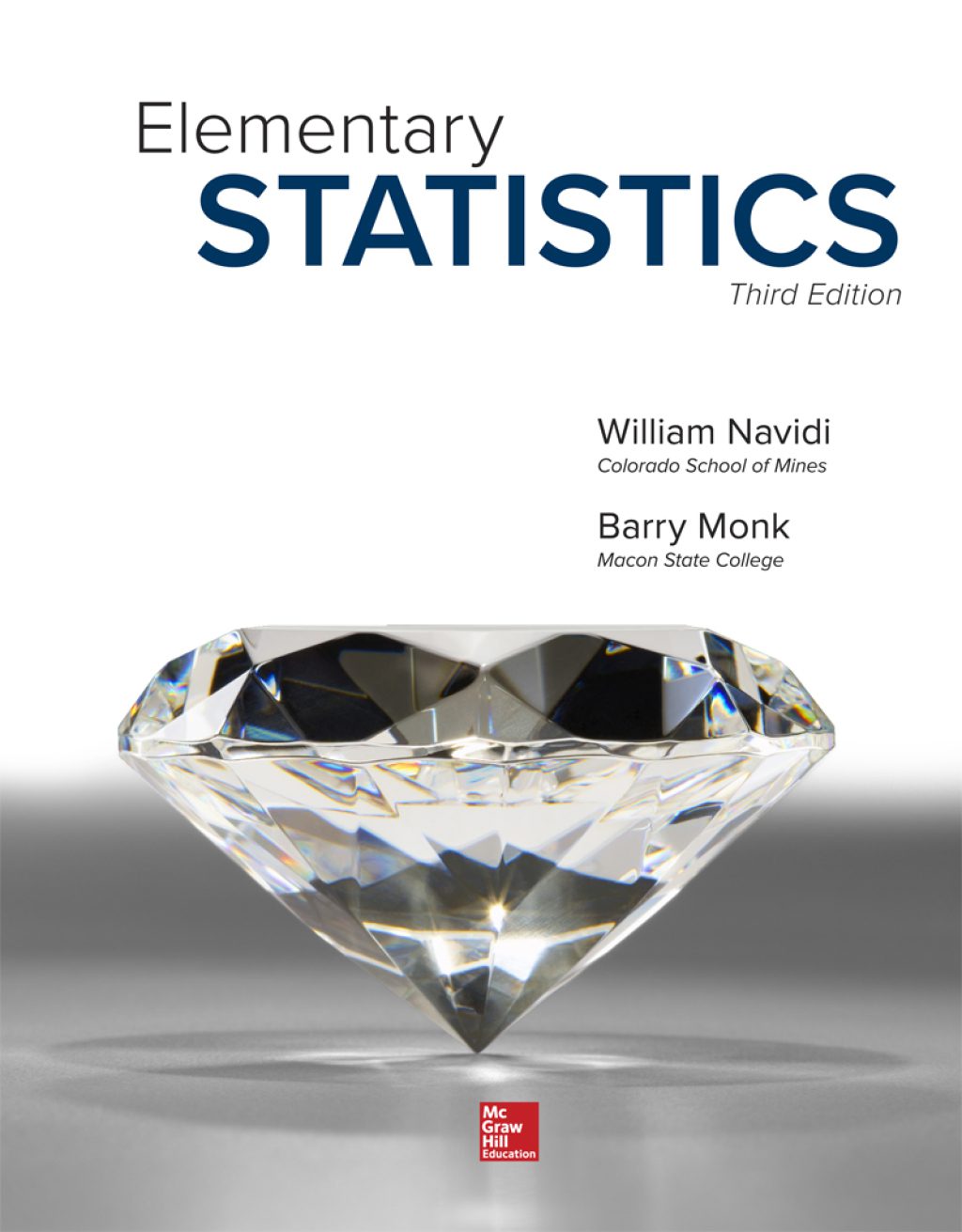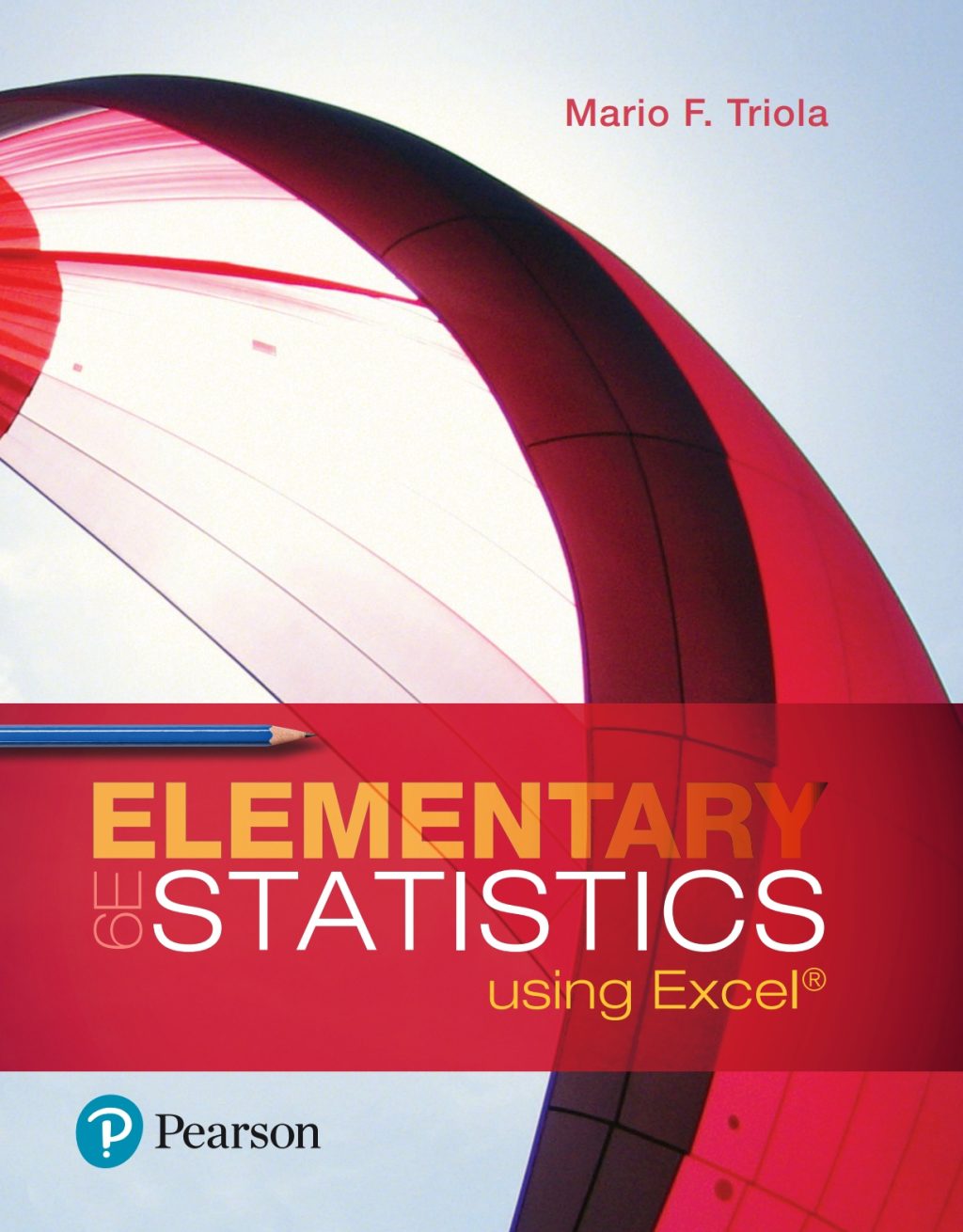A. Grothendieck, Orlando Chaljub0677300204, 9780677300207, 0677300255
Table of contents :
Contents……Page 7
Foreword……Page 5
1. Least upper bound of a family of topologies……Page 11
2. Least upper bound of a family of uniform structures……Page 13
4. S-Convergence……Page 14
6. Equicontinuous and uniformly equicontinuous sets……Page 18
7. Relatively compact and precompact sets of continuous functions……Page 22
1. General definition of a topological vector space……Page 24
2. Products, subspaces, quotients……Page 25
3. Continuous linear mappings, homomorphisms……Page 26
4. Uniform structure of a TVS……Page 27
5. Topology defined by a semi-norm……Page 28
6. Generalities concerning spaces defined by families of seminorms……Page 32
7. Bounded sets: general criteria……Page 33
8. Bounded sets: their use for S-convergences……Page 35
9. Examples of TVS: spaces of continuous functions……Page 37
10. Other examples: the spaces E^{(m)} and E of L. Schwartz……Page 41
11. Topological direct sums……Page 44
12. Vector subspaces of finite dimension or codimension……Page 47
13. Locally precompact TVS……Page 48
14. Theorem of homomorphisms, closed graph theorem……Page 49
15. The Banach-Steinhaus theorem……Page 52
1. Introduction……Page 56
2. Convex sets, disked sets……Page 57
3. Convex cones and ordered vector spaces……Page 59
4. Correspondence between semi-norms and absorbing disks. Characterization of locally convex spaces……Page 60
5. Convex sets in TVS……Page 62
6. The Hahn-Banach theorem……Page 63
7. Separation of convex sets. Characterization of the closure of a convex set……Page 66
8. Dual system, weak topology……Page 68
9. Polarity……Page 71
10. The S-topologies on a dual……Page 74
11. The LCTVS as duals having S-topologies……Page 76
12. Mackey’s theorem: general formulation. Bidual of an LCTVS……Page 78
13. Topologies compatible with a duality, The Mackey topology……Page 80
14. The completion of an LCTVS……Page 83
15. Duality for subspaces, quotients, products, projective limits……Page 86
16. The transpose of a linear mapping; characterization of homomorphisms……Page 90
17. Summary and complementary results for normed spaces……Page 96
18. Elementary properties of compactness and weak compactness……Page 99
1. Generalities on the spaces of linear mappings……Page 109
2. Bounded sets in the spaces of linear mappings……Page 112
3. Relationship between bounded sets and equicontinuous sets. Barrelled spaces……Page 116
4. Bornological spaces……Page 120
5. Bilinear functions: types of continuity. Continuity and separate continuity……Page 124
6. Spaces of bilinear mappings. Definitions and notations……Page 132
7. Linear mappings from an LCTVS into certain function spaces. Mappings into a space of continuous functions……Page 136
8. Differentiable vectorial functions……Page 141
1. Generalities……Page 146
2. Examples……Page 149
3. Strict inductive limits……Page 150
4. Direct sums……Page 152
5. (LF) spaces……Page 156
6. Products and direct sums of lines……Page 160
1. Preliminaries……Page 164
2. Bounded subsets of a metrisable LCTVS……Page 166
3. Tc Topology on the dual……Page 168
1. Generalities……Page 174
2. Bilinear mappings on the product of two (DF) spaces……Page 177
3. Stability properties……Page 180
4. Complementary results……Page 183
1. Definition of quasi-normable spaces……Page 186
2. Lifting of strongly convergent sequences of linear forms on a subspace……Page 188
3. Quasi-normability and compactness……Page 189
4. Schwartz spaces……Page 192
1. Extreme points……Page 196
2. Extreme generators……Page 198
2. General theorems for finite dimension……Page 203
3. Generalities on the spectrum of an operator……Page 206
4. The Riesz theory of compact operators……Page 211
1. Smulian’s theorem……Page 216
2. Eberlein’s theorem……Page 217
3. Krein’s theorem……Page 221
Supplementary exercises……Page 223
1. The Dunford-Pettis criterion and its first consequences……Page 226
2. Application of the Dunford-Pettis criterion……Page 241
Supplementary exercises……Page 250







Reviews
There are no reviews yet.